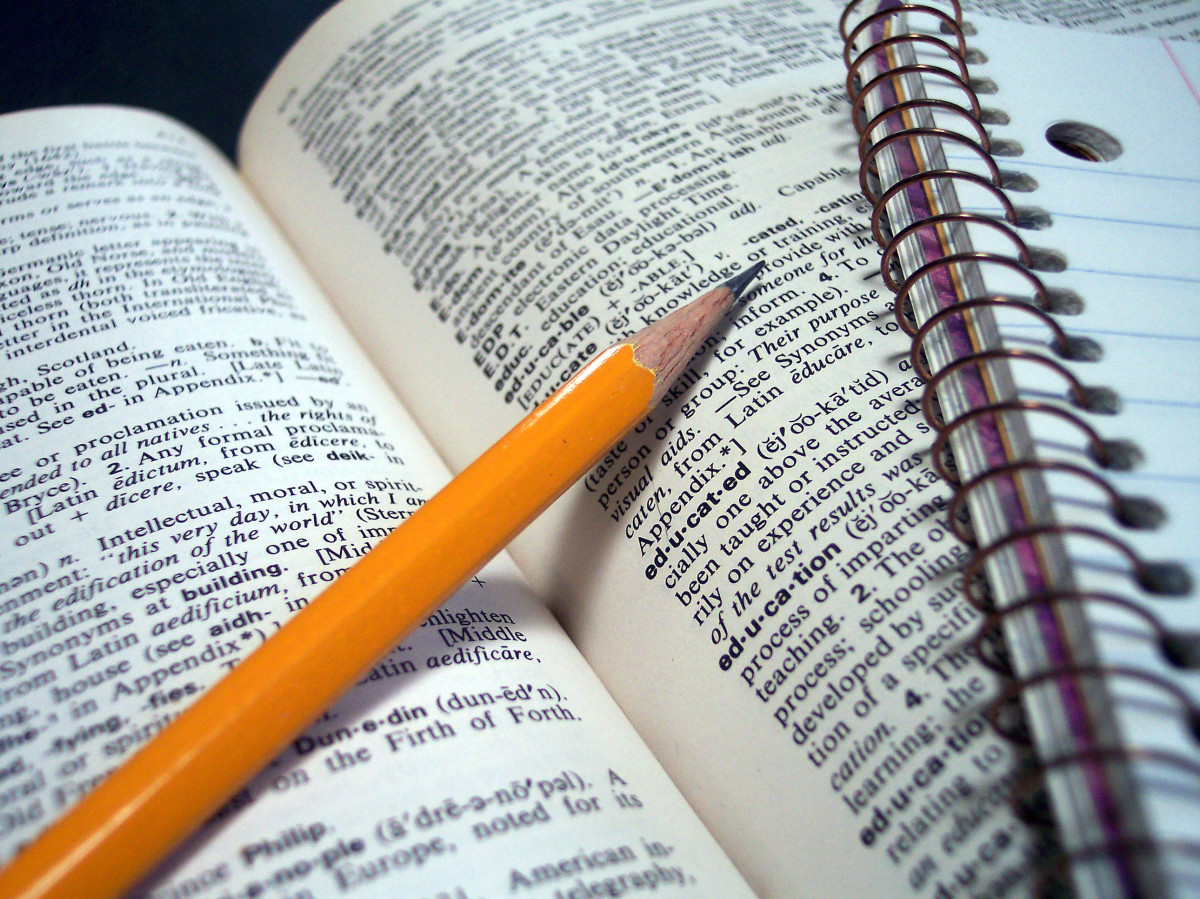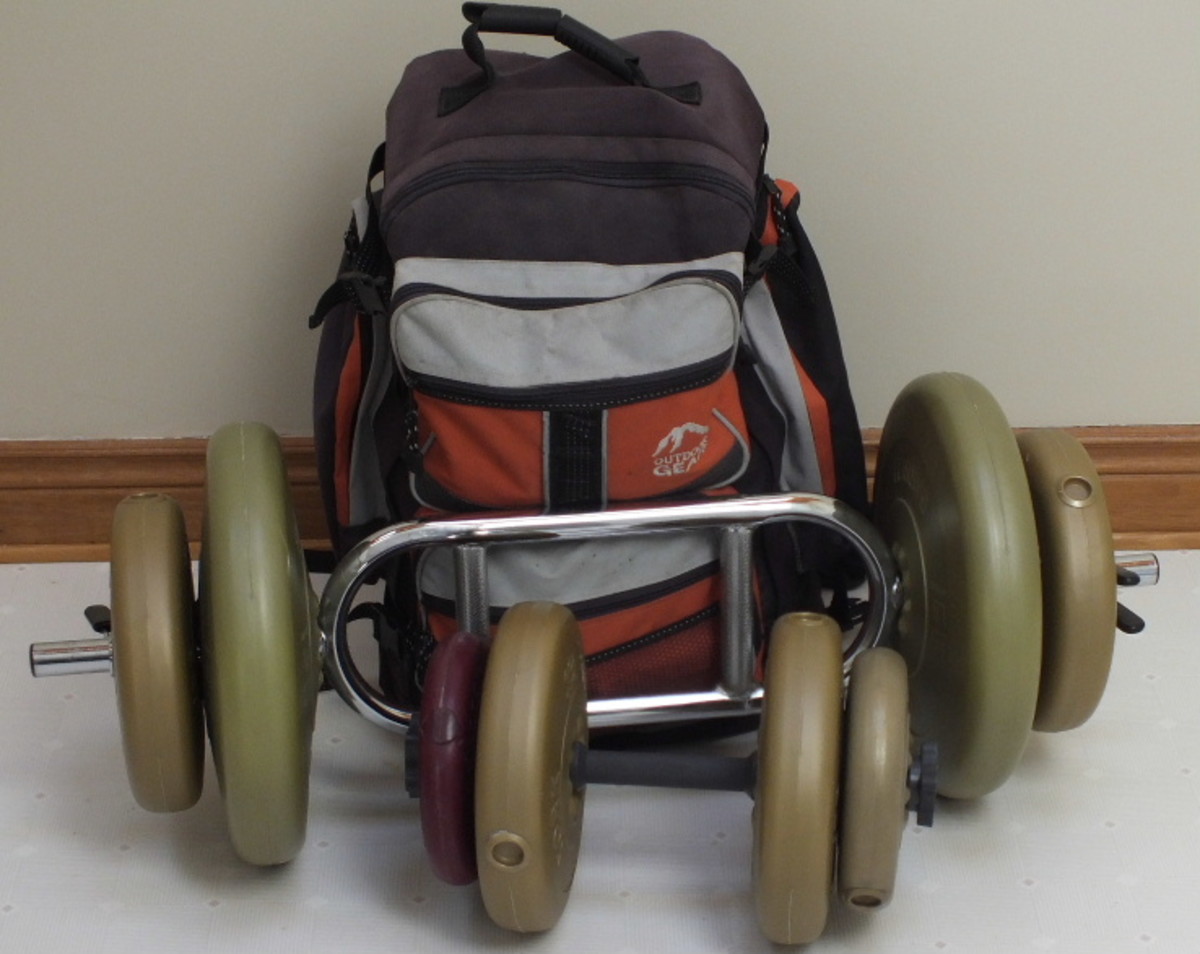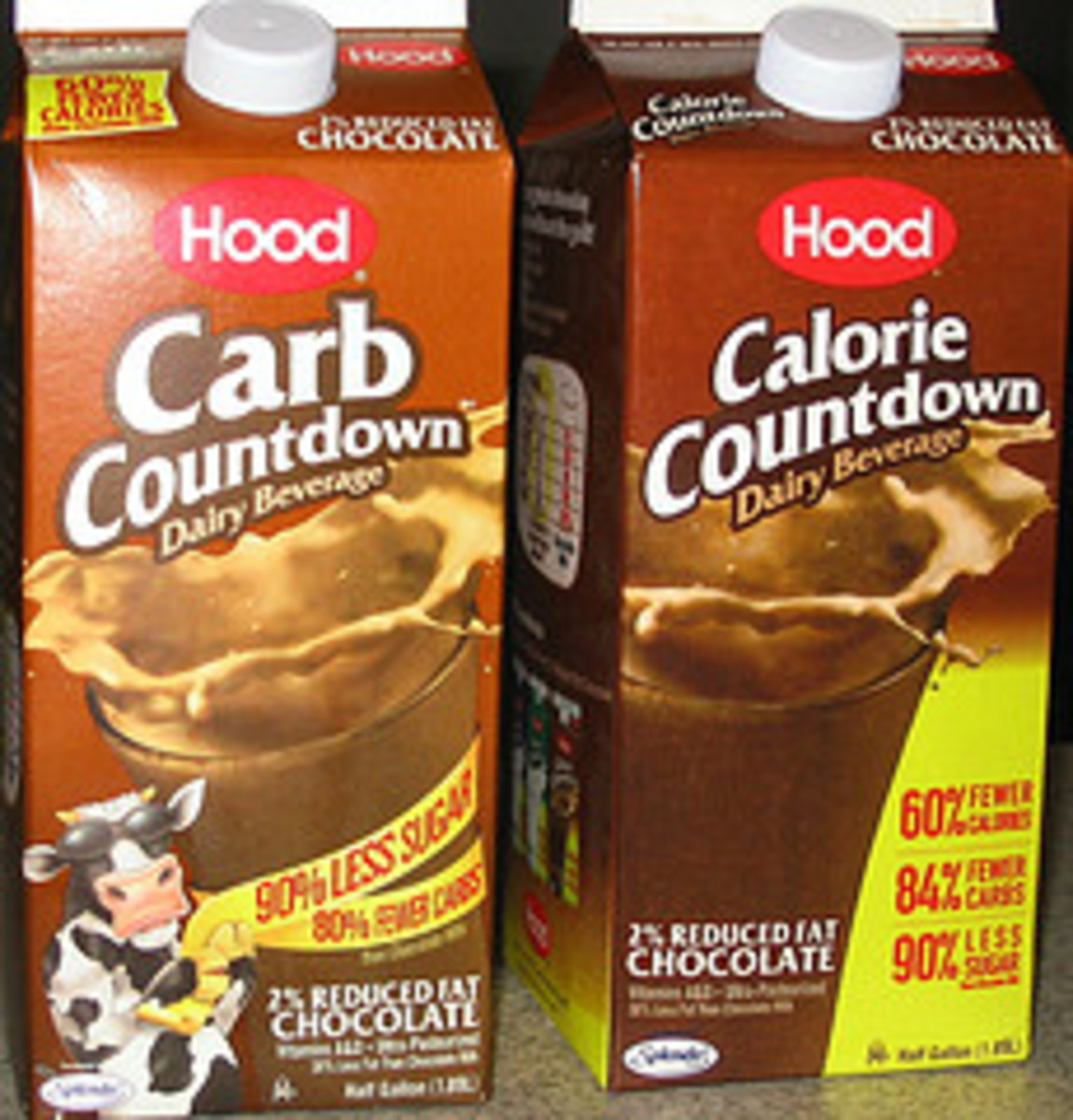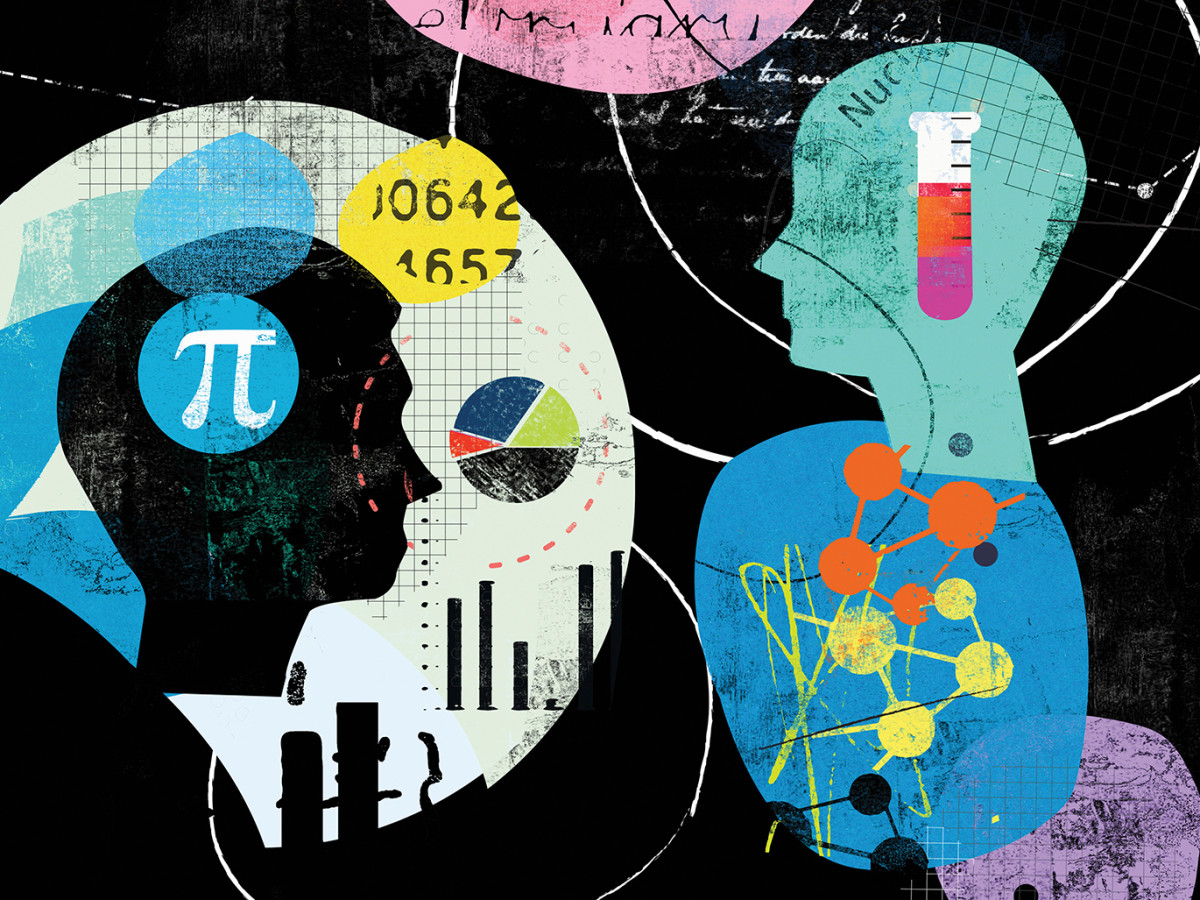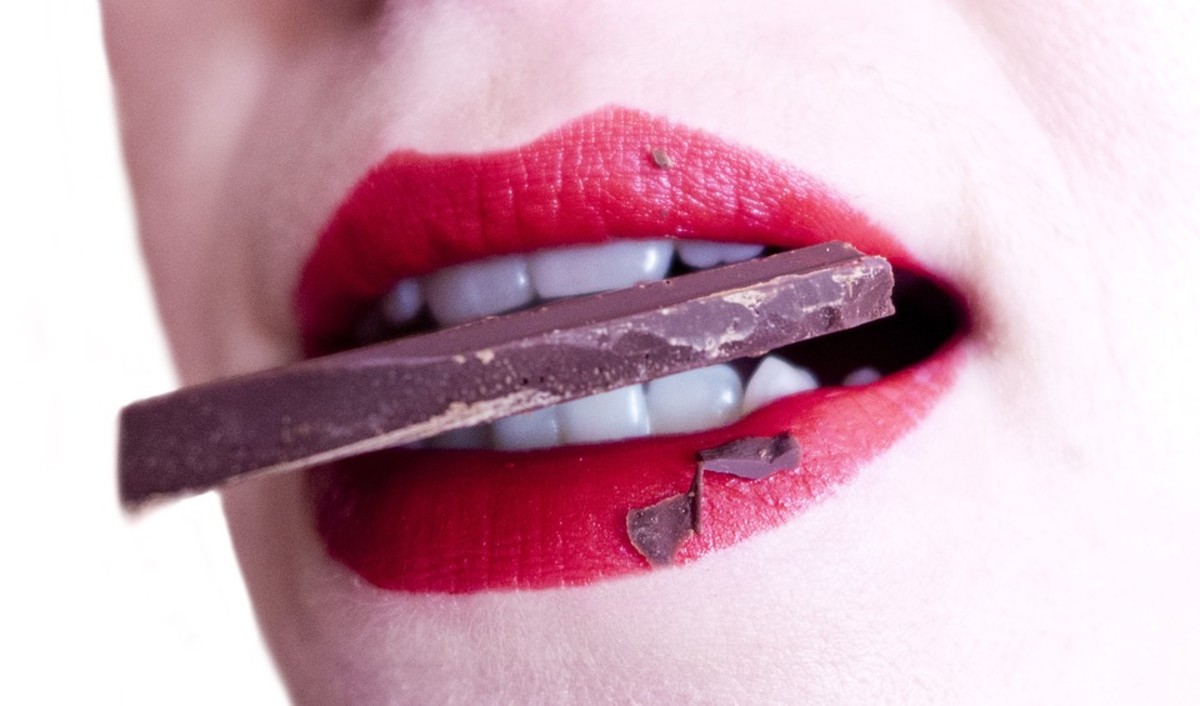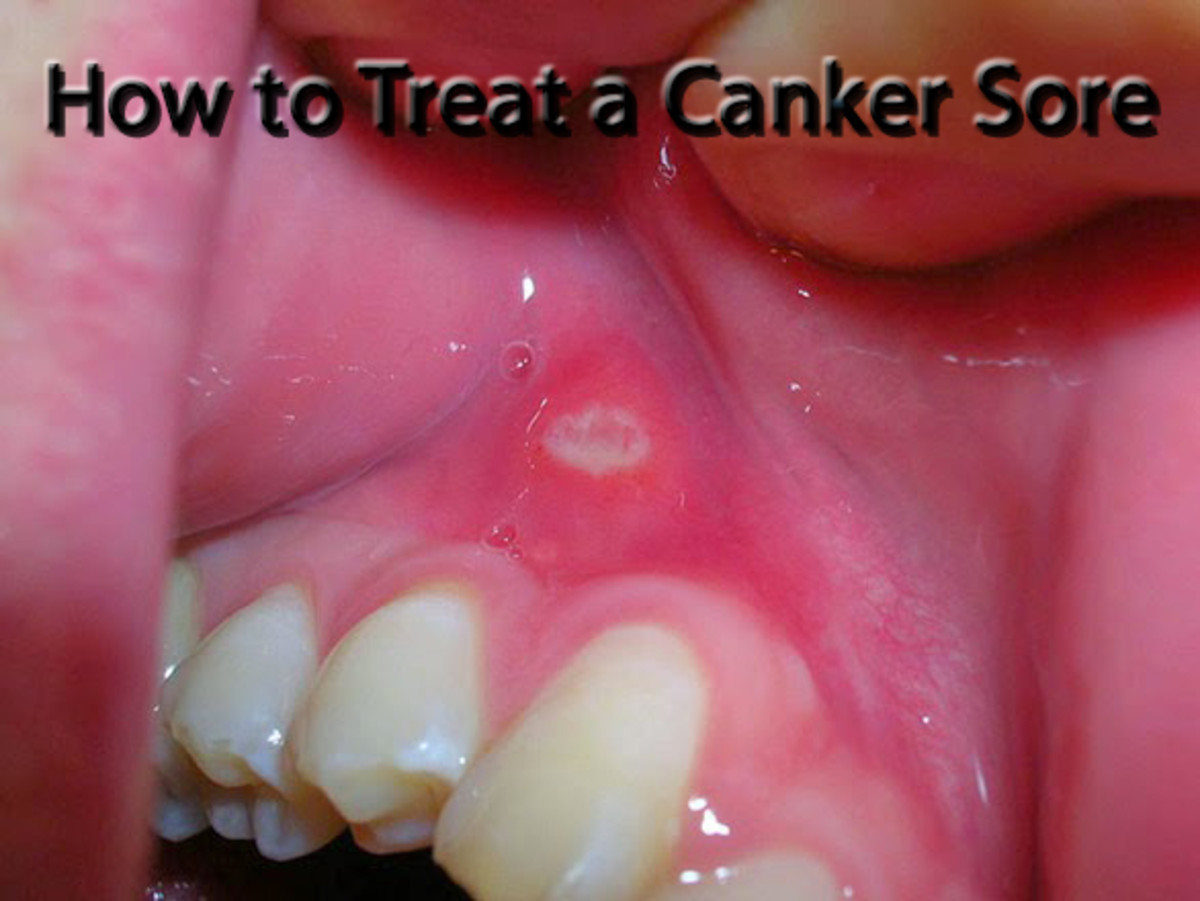Breaking Habits
Stopping Bad Habits
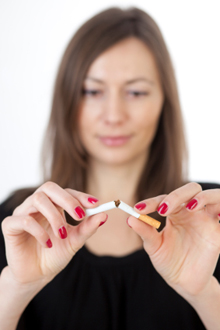
Habits Have a Purpose
Habits. We all have them, we all do them, and we all want to change some of them. Habits are behaviors we do almost without thinking. These behaviors are deeply wired within our brains so that the things we do become routine.
Habits serve a very good purpose. When we don’t have to think about how we put our socks on, or the route to work, we free our brain power to think about other things, many of which allow us to be creative and productive throughout the day.
Habits allow us to not have to make a decision about everything or strategize about each step. Some of our habits are good and some are bad. When we attempt to stop habits, they are often extremely hard to break, and return much easier than we would like. So why is that?
Our Brain and Our Habits
In an MIT study,done by Dr. Ann Garybiel, a professor at MIT, studied along with other neuroscientists, why these habits are part of our behavior and actions.
Deep within the brain, the basal ganglia holds the patterns of habits in its neural pathways. The striatum is the area in the basal ganglia that is especially associated with habit formation. This area receives the most input from the cortex. The prefrontal cortex is the executive command center of our brain.
The Infralimbic cortex referred to as IL cortex, develops and manages these behaviors. The IL cortex selects the habits we choose and communicates with the basal ganglia. Neural pathways are formed by habits we learn. Research has shown that these nerve passages never go away, making it easy for old habits to return.
The basal ganglia is also associated with addiction and procedural learning. Procedural learning is how we acquire skills by repetition and practice. Parkinson’s disease, Huntington’s Disease, OCD, Tourette’s syndrome and other neuro-psychiatric disorders are associated with malfunctions in the basal ganglia.
Habits Are Hard to Break
Habits can be problematic because often we keep doing them, long after we benefit from them. In the MIT study, rats ran a T shaped maze. At a certain point in the maze,the rats could either turn left or right. At this point, the rats would hear a tone. Those who turned left, chose correctly and received chocolate milk as a water, or sugar water if they turned right.
After a while, the scientists stopped the reward, and the rats continued to turn left, even if there was no reward anymore. In a further test, the rats were given chocolate milk in their cage mixed with lithium chloride, which made them feel slightly nauseous. The rats, when running the maze continued to turn left, but would not drink the chocolate milk. The scientists felt the habit of turning left was fully ingrained and then wanted to see if they could break the habit by interfering with the neural pathways in the brain.
The researchers were able to determine that the neurons in the brain were changing their firing patterns when new habits were acquired. When the habit is replaced by a new habit, the patterns reversed, but surprisingly reoccurred immediately upon resumption of the habit.
What the Researchers Learned About Habits
While the rats were learning the scientists could see their brain activity using optogenetics, a way of manipulating the brain cells so they were responsive to light. The researchers turned off the area in the prefrontal cortex for several seconds when the rats neared the point in the maze that they had to decide which way to turn to break their habit of turning left. The rats got in the habit of turning right. When they inhibited the IL cortex with light to stop the new habit, the rats immediately turned left again. The habit of turning left always remained in the brain.
The scientists were able to see the neurons that were active throughout the maze, when the rats were first learning, leading the researchers to believe that everything was important. When the rats learned that the tone to turn left led to a reward of chocolate milk, the basal ganglia learned too.
Once the cues and habits were well ingrained, the brain waves indicated that the neurons fired most intensely at the beginning and end of the maze run. The neurons showed less activity as the rats ran through the familiar maze. When the reward was removed, the change made the neurons fire up again similar to when they were first learning. Eventually, the rats stopped expecting the chocolate milk and the neuron activity disappeared, effectually giving up the habit. When the researchers put back the chocolate milk, the spikes of activity at the beginning and end of the maze reappeared.
Habits and You

Why Habits Never Really Go Away
Neural pathways are believed to create patterns of thoughts. These embedded pathways increase the likelihood of that the behavior would be repeated. As we repeat the behavior, there is less brain biochemical resistance, which makes it easier for the thoughts to reoccur, strengthening the connection between the brain cells and the nerve pathways. This increases the potential that we will have this thought again, forming a habit.
Our thoughts are related to our habits. Negative thinking can build a strong connection to bad habits. Positive thinking can create a connection to good habits. Monitoring our thinking is very important to the habits we acquire. Learning something new and breaking old habits are very difficult because our brain retains the old habit, even when we are trying to develop new ones.
The scientists who ran the study, concluded that once we learn a habit, the pattern remains within our brain, even when we stop the behavior. This helps explain why habits are so hard to change. Our behavior seems to embed the habit permanently, and can re-establish the pattern as soon as something triggers it to come back.
This study is very important to understand what is going on in our brains when we try to stop bad habits. The IL cortex of the brain determines which of our behaviors we express on a moment by moment basis. The habits we break, remain intact and instantly retrievable by the brain even when we have given them up. The IL cortex likes new habits over older habits.
How To Stop a Habit
Every habit is composed of three things:
- something triggers the habit and cues the behavior to begin
- the behavior or routine
- the reward, which is how our mind learns the patterns
The best way to stop a habit is to become aware of the cues and rewards and then change the behavior. Start by asking yourself what you feel right before you do the habit. So if you smoke, bite your nails, overeat, talk too much, etc, what thoughts pop into your mind before you start the behavior. This is known as awareness training. Being aware helps to reverse the habit.
Some habits have been going on for so long, people don’t know what causes it, what the triggers may be. By paying attention, you will uncover some triggers. Sometimes, it may even be boredom.
Then ask yourself what the reward feels like.
While you are trying to break the habit, note on a piece of paper how often you feel the urge of the habit. You will start to see the triggers emerge at certain times of the day.
Once you become aware of the urge, find a substitute habit. If you bite your nails, rub your fingers at the moment the urge begins. If you smoke, put in a stick of gum in your mouth. If you have the urge to eat, perhaps take a sugarless sucking candy.
Habits Can Re-Emerge From Certain Triggers
You can’t change the cues or the rewards, but you can change the behavior. By coming up with a substitute habit, you can change your routine, and your response to the cues that triggered it. One habit replaced another.
You can’t change your habit unless you recognize the cues that occur and the rewards you get from it. By doing this, you are deliberately reprogramming your brain.
Typically, we don’t know what makes our habit, a habit. If you seek a new routine that gives you the same reward you can successfully break the old habit.
If you are eating out of boredom, and snacking to relieve this, substitute one behavior for another in whatever way suits you best. Some may put a sugarless candy in their mouth, some might go out for a walk, pick up a magazine, or do some other behavior that interupts the old habit from showing itself.
People who smoke, may chew a piece of gum, take a cup of coffee, or do something else that will interupt the behavior that breaks the habit.
If you identify the cues and rewards, you can change the routine.
What is important to understand is, habits remain dormant in our brain and can re-emerge if the cues trigger the unmonitoredbehavior.
How Long Does It Take to Learn a New Habit
Since habits are automatic behavior that we do with little conscious thought,it takes great awareness to know why we are doing them. To form new habits for a lifetime, it requires a lot of effort and discipline. Willpower is instrumental in creating new and positive behavior.
New habits can take anywhere from 18 days to nearly nine months to form. The average time to learn a new habit has been shown to be 66 days. Time period varies because some habits are more difficult to learn, and it also depends on the level committment of the person.
After we have learned a new behavior, the learning needs to hit a plateau and then the repeated practice becomes second nature and a new habit is formed. To learn a new habit and have it be on automatic, sooner, it is important to not miss a day of repitition until much later on in the formation of this new habit.
It Takes Time to Learn a New Habit
Habits are formed by cue dependent repetition. We form a mental link between the cue and our behavior.
The more we respond to the cue, the more the link strengthens and the more we are automatically prompted to behave in a certain way, forming a habit that persists over time. Habits make us mentally efficient. We don’t have to expend great amount of energy or time to make a decision.
Becoming more conscious of your self image will also help you change your habits. When you try to develop new habits, it takes consistency and it takes time. Since once we begin a habit, it forever resides within us, the best way to stop a bad habit, is to never start one.



